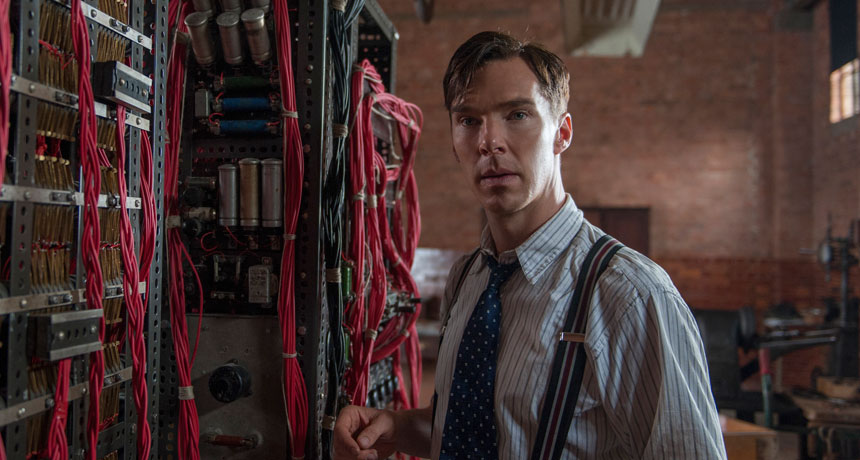
CRACKING THE CODE Benedict Cumberbatch plays the role of British mathematician and World War II code breaker Alan Turing in The Imitation Game.
Jack English, courtesy of Black Bear Pictures

CRACKING THE CODE Benedict Cumberbatch plays the role of British mathematician and World War II code breaker Alan Turing in The Imitation Game.
Jack English, courtesy of Black Bear Pictures